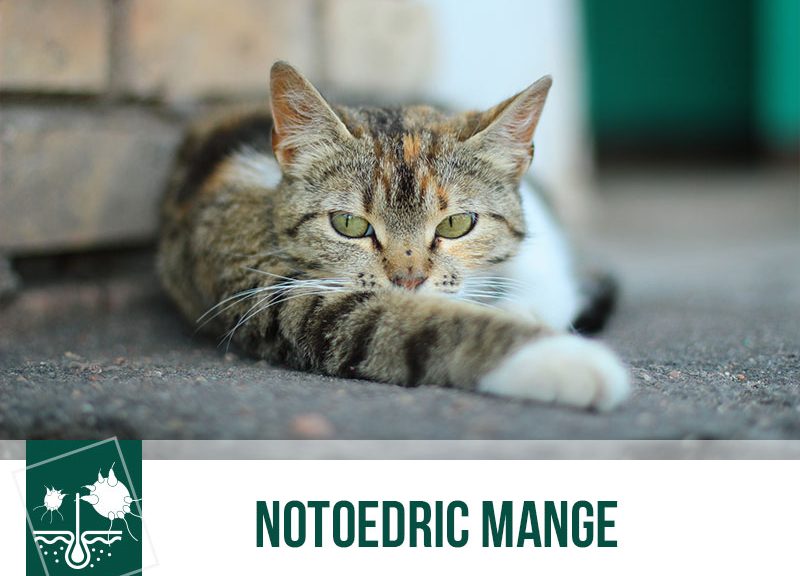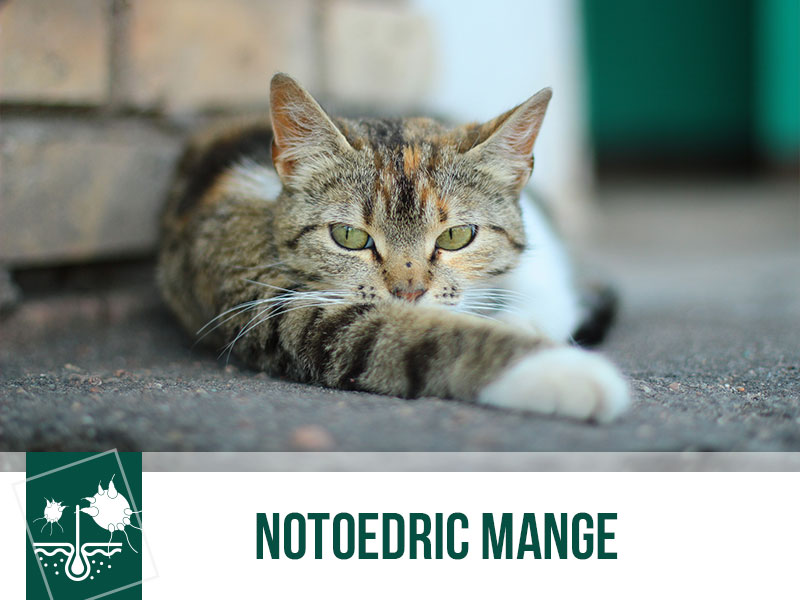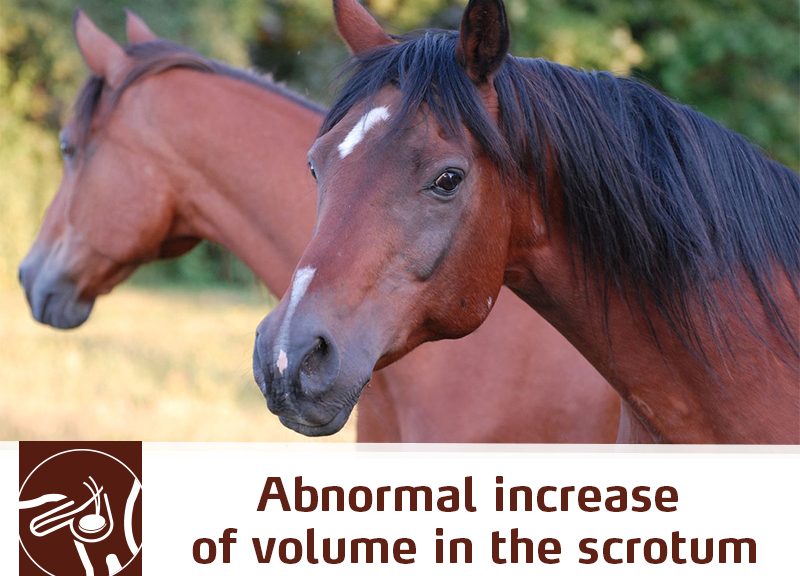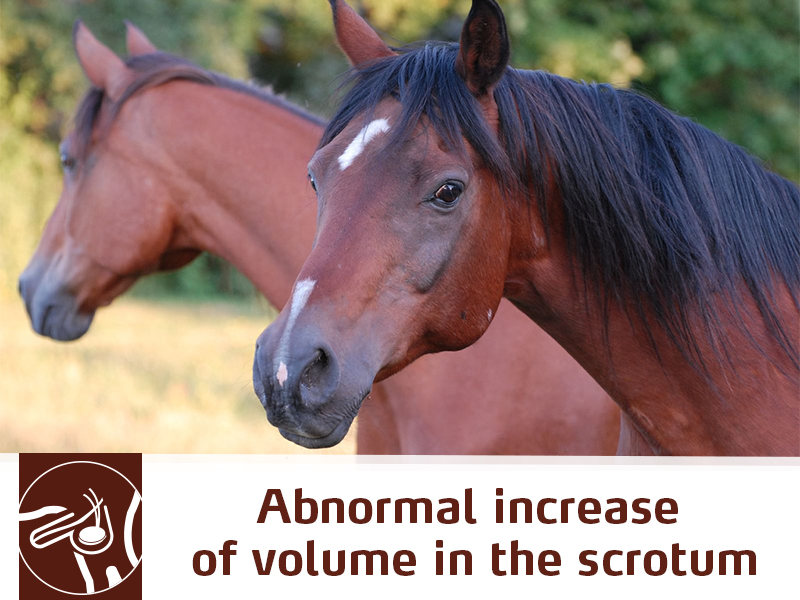Notoedric mange is a skin problem of cats caused by Notoedres cati, one of the species of mites that causes mange in pets. This problem may affect any cat, regardless of age or gender and, while it’s fairly specific for cats, it might affect dogs and rabbits as well.
It’s a parasite transmitted by directed contact and is especially important in places where several cats are gathered like colonies (both domestic and feral), hotels, veterinary clinics or even multi cat homes. When a cat starts manifesting clinical signs, all other cats in contact will, usually, be affected as well.
Important clinical signs to look out for include:
– Intense itch that does not seem to be related to any season or weather condition;
– Itching that might start out mild but will progress to severe and distressing;
– Skin crusts and lack of fur that start on the ears and then spreads to their face, hands and feet, and eventually with the whole body being affected;
– Incessant scratching and grooming will eventually lead to severe self-trauma.
Due to animals scratching and traumatizing their own skin, this will be fertile breeding ground for skin infections because intact skin is a very important barrier to bacteria. If this condition progresses, treatment for both the mites and the infection that had the opportunity to develop will be required so prompt action will save you and your cat much trouble.
If you notice any of these clinical signs on your cat consult with your veterinary surgeon. The treatment for this mange should be administered on all cats that are in contact with each other and it lasts for several weeks. If the chosen treatment involves dips of insecticides it is very important to ensure the product covers all of their skin, including head and ears otherwise the treatment will most likely fail and these cats will re-infect other cats that might have already recovered. If skin infections have already developed, a course of antibiotics will be required to fully kick away this disease.
The good news is, if all animals are correctly treated symptoms will be significantly reduced within 2 weeks.
It’s important to keep in mind that notoedric mange is a zoonosis, meaning that this mite will infect humans and cause itch and rashes on arms, chest and abdomen of those who have been in closer contact with infected cats. Fortunately, it’s usually solved spontaneously in about 10 days after all animals have been treated.
Be on the lookout for this bothersome problem in our feline friends to catch it early on!
Would you like to know more about cats? Check our Feline Courses:



